A leaky roof is one of the most common and frustrating problems homeowners face. For residents in Des Moines and Cedar Rapids, where heavy rain, snow, and storms are frequent, a roof leak can quickly escalate into a serious issue if not addressed promptly. Knowing what to do when your roof starts leaking can save you from costly repairs and protect your home from further damage. This blog will guide you through the steps to take when you discover a leak and how professional roofing contractors can help.

1. Identify the Source of the Leak
The first step in dealing with a leaky roof is identifying where the leak is coming from. Water can travel along the roof and ceiling, making it tricky to pinpoint the exact source. Start by inspecting your attic or crawlspace for signs of water intrusion, such as:
- Water Stains: Look for dark or discolored patches on the ceiling or walls, indicating that water has seeped through.
- Damp Insulation: Feel the insulation in your attic; if it’s damp or soaked, you likely have a roof leak.
- Visible Drips: Sometimes, you may see actual water dripping from the ceiling or through the roof structure.
If you can safely do so, inspect your roof from the outside. Look for missing or damaged shingles, cracks in the flashing around vents or chimneys, or clogged gutters that may be causing water to pool. If the source of the leak isn’t immediately visible, it’s time to call in roofing contractors for a professional inspection.
2. Minimize Interior Damage
While you’re working to identify the source of the leak, it’s essential to take steps to protect the interior of your home from further damage. Place buckets or containers under any visible drips to catch water and prevent it from damaging your floors or furniture. If water is pooling in a particular area of the ceiling, poke a small hole in the ceiling to allow the water to drain into a bucket. This prevents the ceiling from collapsing under the weight of the water.
Additionally, remove any belongings from the affected area, and place tarps or plastic coverings over furniture to protect it from water damage.
3. Temporary Roof Repair
If the weather permits, you can attempt a temporary fix to stop the leak until professional roofing companies can make permanent repairs. Here are a few options:
- Use a Tarp: Cover the leaking area of your roof with a heavy-duty tarp, securing it with nails or bricks to prevent it from being blown away by wind. This will provide temporary protection from rain or snow.
- Sealant or Roofing Tape: Apply roofing sealant or waterproof tape to any cracks or holes you can identify. This is only a short-term solution, but it can help minimize water intrusion until professional repairs are made.
Keep in mind that climbing onto your roof can be dangerous, especially in wet or windy conditions. If you’re unsure about making temporary repairs yourself, it’s best to contact a professional roofing contractor for assistance.
4. Call a Professional Roofing Contractor
Once you’ve identified the leak and taken steps to protect your home, it’s time to call a professional roofing contractor. Roofing companies have the experience and expertise to locate the source of the leak, assess the extent of the damage, and recommend the best course of action for repair. They can also provide a comprehensive inspection of your roof to identify any other areas that may be at risk.
Professional roofers can often perform same-day repairs for minor leaks, while more extensive damage may require a full roof replacement. In either case, working with a reputable roofing company ensures that the repair is done correctly, minimizing the risk of future leaks.
5. Prevent Future Leaks
Preventing roof leaks is much easier and more cost-effective than dealing with the consequences of water damage. Regular roof inspections and maintenance are key to keeping your roof in top condition. Roofing contractors recommend annual inspections, especially after severe weather events like hailstorms or heavy winds.
In addition to inspections, take proactive steps to protect your roof:
- Clear Gutters and Downspouts: Ensure that your gutters and downspouts are clear of debris so that water can flow freely off your roof.
- Trim Overhanging Branches: Trees with branches that hang over your roof can cause damage during storms or allow moss and algae to grow on your shingles.
- Replace Damaged Shingles Promptly: Even a single missing or cracked shingle can allow water to penetrate your roof, so be sure to replace damaged shingles as soon as possible.
Conclusion: Act Fast to Prevent Further Damage
A leaky roof is more than just a nuisance—it can lead to significant damage to your home if not addressed promptly. By identifying the source of the leak, protecting your home’s interior, and calling a professional roofing contractor, you can minimize the damage and prevent future leaks.
For homeowners in Des Moines and Cedar Rapids, Robison Roofing & Construction offers free, no-pressure estimates and inspections. If you’re dealing with a leaky roof or need a professional inspection, contact us today to ensure your home stays dry and secure.
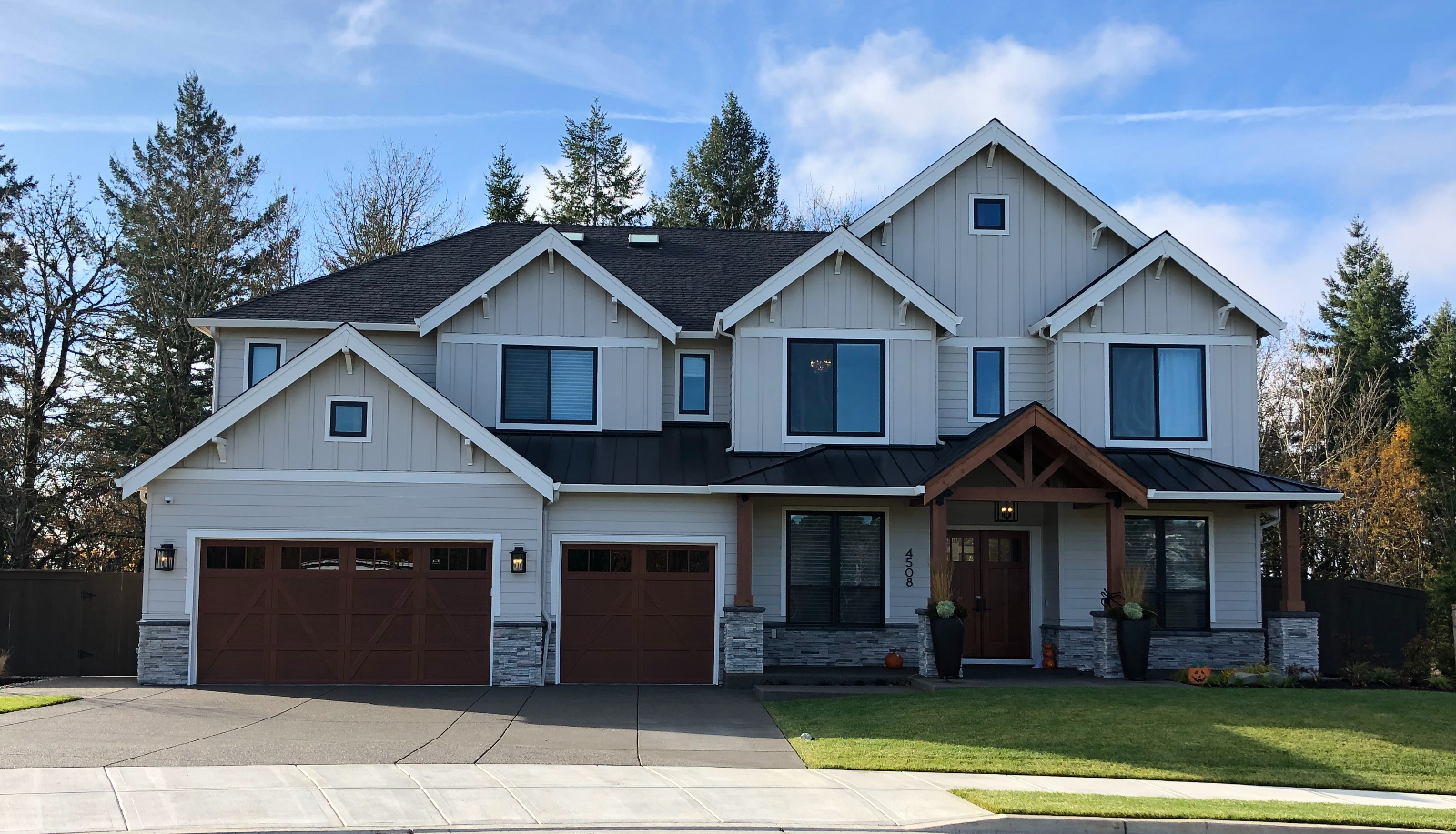
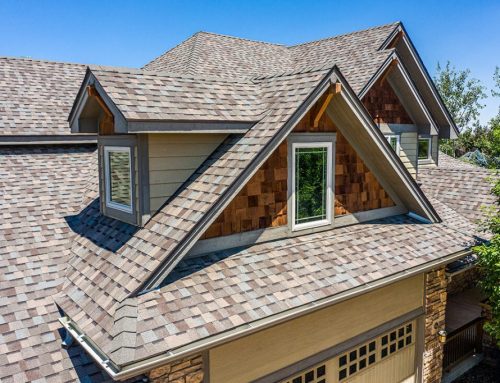
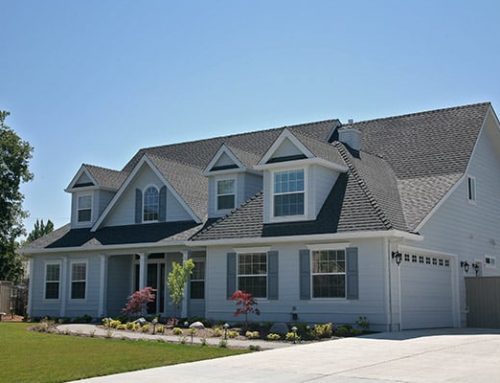
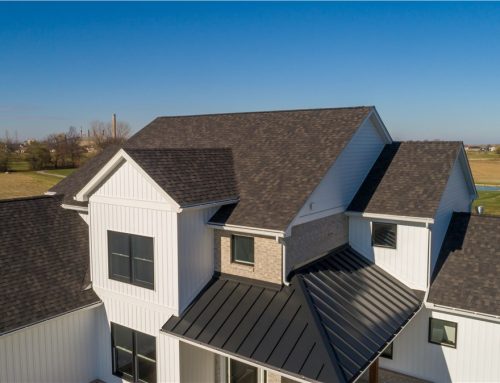
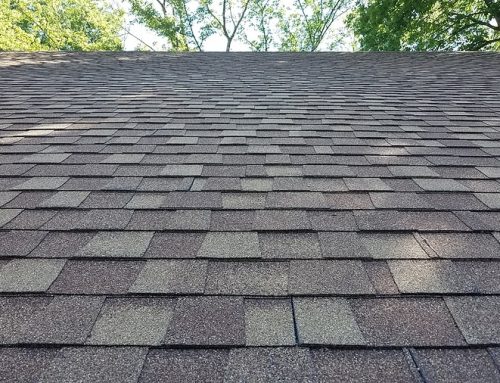
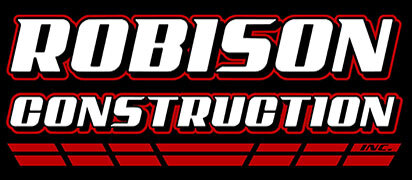
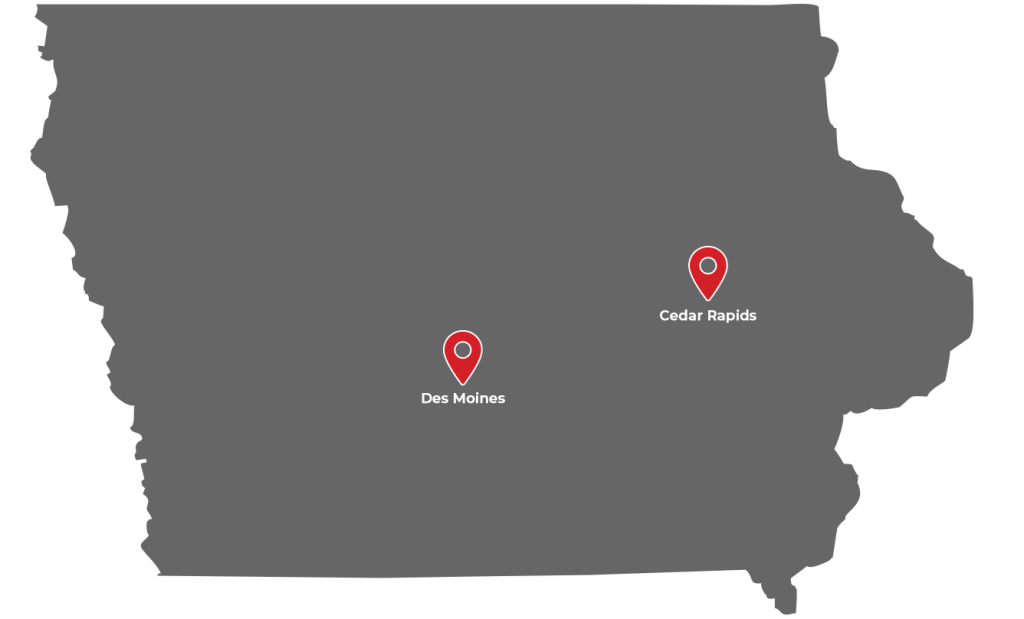
Leave A Comment